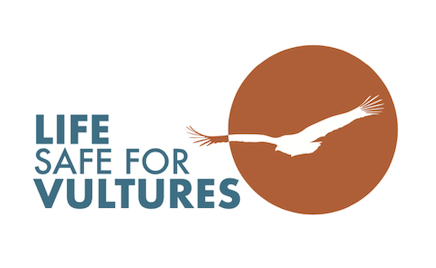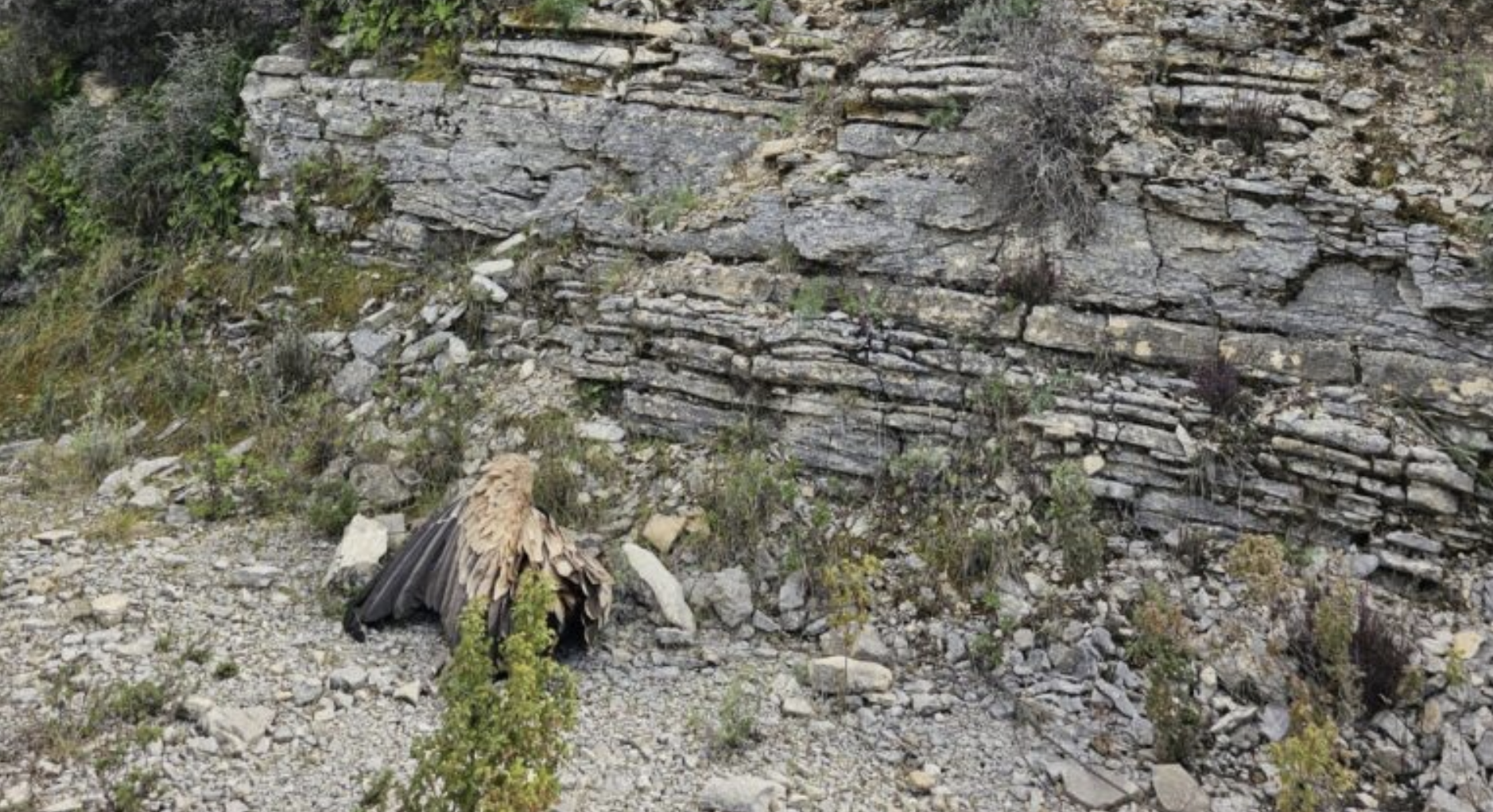Almost one hundred volunteers divided in 26 teams covered a large part of the Sardinian landscape to simultaneously monitor Griffon Vultures. The Department of Veterinary Medicine of Sassari coordinated the event with the support of the Forestry and Environmental Surveillance Department and Agenzia Forestas.

Every autumn volunteers and experts join forces to simultaneously count Griffon Vultures (Gyps fulvus) from different areas of Sardinia. This year the event was incredibly participated. On Saturday 16 November, 98 volunteers divided in 26 teams covered as many observation points across the Sardinian territory.
Coordinated by the Department of Veterinary Medicine of the University of Sassari, leader of the LIFE Safe for Vultures project, and supported by the staff of the Forestry and Environmental Surveillance Department of the Sardinia Region and the Forestas Agency, volunteers from Lipu, Wwf, Legambiente, Afni and L’altra Bosa joined the event. The census covered mostly the Northwest of the Island, where the concluded LIFE Under the Griffon Wings successfully increased the Griffon Vultures population from 100 individuals in 2015 to about 250 in 2020. For the first time, though, this year census covered also Southern Sardinia, with observation points in Sette Fratelli, the Wwf oasis at Monte Arcosu and at Su Gorropu.

The census is crucial for collecting data on the Griffon Vulture population and understanding the distribution of the species on the island. The great participation registered this year demonstrates a growing interest for Griffon Vultures and their role as a cultural species.

LIFE Safe for Vultures is a project co-financed by the EU’s LIFE Programme, acting as the first step to the restoration of the vulture guild in Sardinia. The University of Sassari leads the project in collaboration with Agenzia Regionale Forestas, Sardegna Corpo Forestale, E-Distribuzione and the Vulture Conservation Foundation. LIFE Safe for Vultures builds on the work of the successful LIFE Under Griffon Wings, with the ultimate objective for Griffon Vultures to regain their historic ranges and distribution areas from the central-eastern part of Sardinia to the south and at the same time promote the long-term survival of the species on the island. The project team is working to expand the network of farm feeding stations, create several anti-poison dog units to tackle wildlife poisoning, establish an additional feeding station in the south of the island, restock the population by importing 40 additional Griffon Vultures and reduce the threat of collision and electrocution with energy infrastructures.




